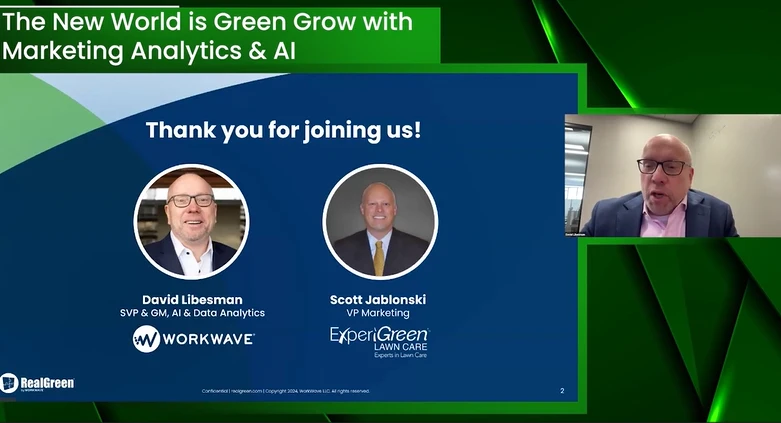During the past 25 years, I’ve probably helped more than 100 companies merge with, acquire or divest a division or company. Most of these transactions have gone reasonably well. I’ve also had the opportunity to witness from afar similar transactions that did not go so well. Upon analysis of these failed transactions, it wasn’t difficult to see whey they didn’t have legs and why they did not last over the long haul.
The good.
A highly profitable maintenance company (net profit margin more than 20 percent for many years) with annual revenues exceeding $7 million, calculated a value for his business of about $2.45 million using the gross profit margin evaluation model. I recommended that he and his CPA use the EBIDTA method. Using it, the value calculated to be roughly $5 million, double the GPM amount. In the final analysis, he used the EBIDTA model and sold his business for more than $5 million.
The almost bad.
A number of years ago, a $1 million commercial lawn maintenance contractor called me. He was interested in possibly selling his business. His net profit margin after all bills and a reasonable salary to him were paid was 10 percent. I gave him a ballpark value of around $0.75 per revenue dollar – $750,000. This figure included his inventory at fair market value and equipment, but no real estate. He then told me that his CPA, using various evaluation models, told him he should get around $2 million for his business. I told him that he had better get all of his money, the entire $2 million, up front. Otherwise, he’d never see it.
Think about this deal.
Even if a buyer pays $1 million as a down payment, and the seller finances the remaining $1 million for 10 years at 10 percent interest, the interest payment wipes out the entire net profit margin for ten years. There’s nothing left to pay off the principal. This deal simply will not work.
The really bad.
In the early 1990s, two large multi-million dollar landscape companies in the upper midwest merged – for all the wrong reasons. One company focused on installation while the other was primarily a maintenance business. The new entity endured for about five years and grew to more than $35 million in annual sales. Then it blew up.
I talked with some of the non-owner survivors who went on to form new companies that ended up doing quite well. Their stories were amazing. For years, after the two companies merged, there were no centralized systems for accounting, estimating, job costing, sales, etc. Worse yet, a year after the merger, many of them did not even know to who they were to report to.
In the final analysis, motivation to merge the two entities was primarily driven due to financial mismanagement and cash flow needs – the two needed each other for all of the wrong reasons.
The down-right ugly.
In the late 1990s, public and private money was raised to fuel the creation of large landscape entities primarily focused on commercial lawn maintenance services. Soon a number of companies doing hundreds of millions of revenue dollars emerged.
Many of my clients sold their companies to these large consolidators. Almost none of the sellers lasted more than 2-3 years with their new bosses. Here are a few reasons why: 1. Layers of bureaucracy and outdated procedures killed any entrepreneurial zeal that the entrepreneurs might have. 2. Their recommendations to improve operations mostly were ignored. 3. Quality was ignored and corners cut in order to meet financial goals set by bureaucrats who were totally separated from daily operations.
Do your homework.
You may think that the big consolidators have really got it figured out. Don’t be fooled.
Due to the lack of a true entrepreneurial environment at the branch level, most of the large consolidators only produce a “C” or “C+” quality of service.
Perhaps the best lessons to learn from these stories is first, you have to do your homework on the front end and second, you have to maintain the zeal of a true entrepreneur on the back end.
The author runs J.R. Huston Consulting and is a columnist for Lawn & Landscape. He can be reached at jhuston@giemedia.com.
Get curated news on YOUR industry.
Enter your email to receive our newsletters.

Explore the February 2014 Issue
Check out more from this issue and find your next story to read.
Latest from Lawn & Landscape
- Batman and business
- Ever-changing landscape of SEO
- Fleetio acquires Auto Integrate, raises $450M in Series D funding
- Davey Tree expands in St. Paul, promotes Ostlie to district manager
- Schill Grounds Management taps 3 for senior leadership roles
- HD Hyundai Construction Equipment North America adds to wheeled excavator lineup
- High maintenance
- From Design to Proposal: Estimating and Rendering Support Services






